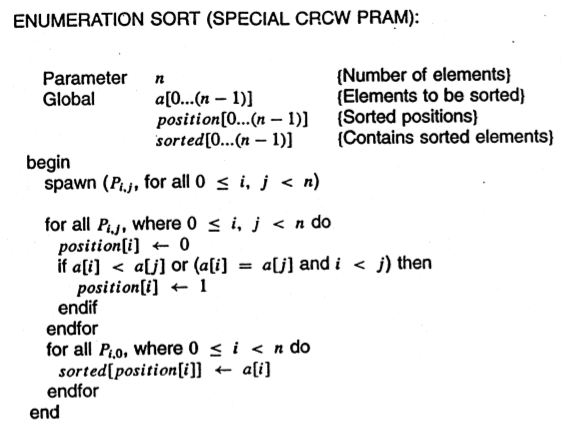
By planar duality it became coloring the vertices, and in this form it generalizes to all graphs. This was generalized to coloring the faces of a graph embedded in the plane. The convention of using colors originates from coloring the countries of a map, where each face is literally colored.

That is partly for perspective, and partly because some problems are best studied in non-vertex form, as for instance is edge coloring.

However, non-vertex coloring problems are often stated and studied as is. For example, an edge coloring of a graph is just a vertex coloring of its line graph, and a face coloring of a plane graph is just a vertex coloring of its dual. Vertex coloring is the starting point of the subject, and other coloring problems can be transformed into a vertex version. For example, the following can be colored minimum 3 colors. Similarly, an edge coloring assigns a color to each edge so that no two adjacent edges share the same color, and a face coloring of a planar graph assigns a color to each face or region so that no two faces that share a boundary have the same color.Ĭhromatic Number: The smallest number of colors needed to color a graph G is called its chromatic number.
In its simplest form, it is a way of coloring the vertices of a graph such that no two adjacent vertices share the same color this is called a vertex coloring. In graph theory, graph coloring is a special case of graph labeling it is an assignment of labels traditionally called "colors" to elements of a graph subject to certain constraints.


 0 kommentar(er)
0 kommentar(er)
